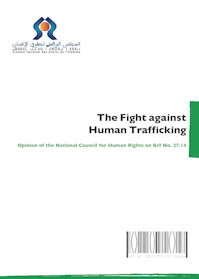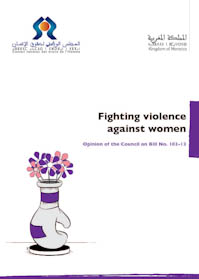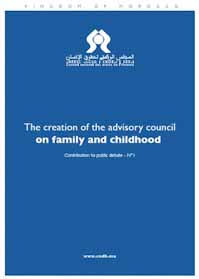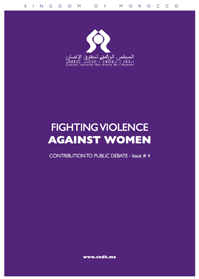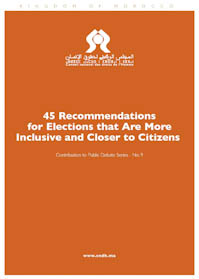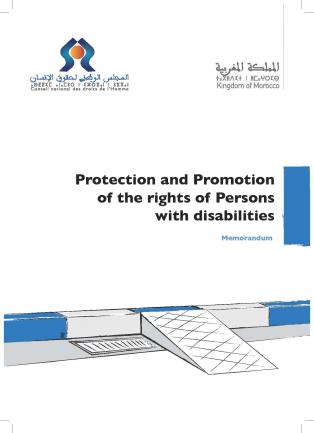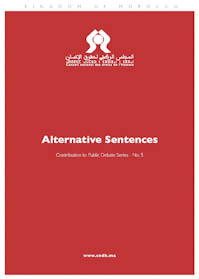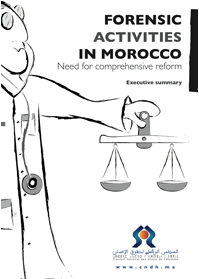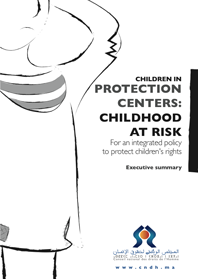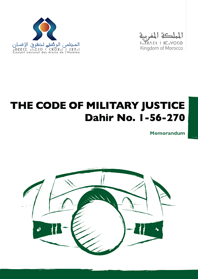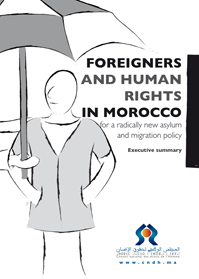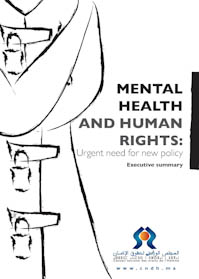CNDH BRINGS CLARIFICATION TO DISCOVERY OF REMAINS OF EIGHT PERSONS IN FADRET LEGUIAA
Following recent media reports about the discovery of the remains of eight persons who may have been buried in a mass grave in the Fadret Leguiaa area, the National Human Rights Council (CNDH) provides the following elements and clarifications:The Equity and Reconciliation Commission (IER) conducted investigations during its mandate term (2004-2005) about the eight victims concerned. Investigations were conducted upon request of their families, relatives or third parties (in five cases), or upon its own initiative (for the other 3 cases).
The IER then held numerous hearings and collected or received documentation on these cases, which are still included in its archives.
Considering the context, particularly that in 1976 fighting was still taking place between the (Moroccan) Royal Armed Forces, the Algerian army and Polisario elements, the truth about the eight cases was not uncovered during the term of the IER. The Moroccan truth commission only had access to the archives of the Moroccan authorities. The IER did task a commission to follow up on these and other unsolved cases.
The follow-up commission was indeed established in March 2006 by the (former) Advisory Council on Human Rights (CCDH) after the truth commission’s term. It was tasked with the reparation process and subsequent investigations, in case new elements appeared.
Like other unsolved cases, the eight cases concerned have been the subject of ongoing exchanges between the Moroccan government, the UN Working group on Enforced or Involuntary Disappearances (WGEID), the Advisory Council on Human Rights (CCDH), the National Human Rights Council (CNDH) and the International Committee of the Red Cross (ICRC). These exchanges have been taking place as part of these stakeholders’ joint efforts to establish the facts about these unsolved cases. This collaboration was vital in uncovering the truth about numerous cases. The next working session is due in November 2013.
Investigations by the IER covered every kind of serious human rights violations (enforced disappearance, arbitrary detention, summary executions, torture, violation of the right to life due to the disproportionate use of force, forced exile, etc.). These investigations were carried out upon the requests of victims or their relatives but also based on all available lists of victims established by national and international human rights NGOs.
On many occasions, including in the Southern Provinces, the IER investigated cases that were not submitted by the families and were not included in those lists. The number of cases of enforced disappearances investigated by the IER is even higher than the number of requests and the names on the lists of NGOs. Investigations have revealed that victims in previously discovered burial sites were buried in separate graves.
Two mass graves were found, one in Casablanca during the mandate term of the IER and the other later in Nador. The facts about these two mass graves were made public and the remains were reburied in individual graves, following the precepts of Islam.
The CNDH stresses that it will be always readily available to receive any formal information that would help achieve progress in the establishment of the truth. Similarly, it will contact the families of the eight persons referred to in order to gather any new information, bearing in mind that these cases can always be tried through Moroccan courts, according to Moroccan law and international law.





